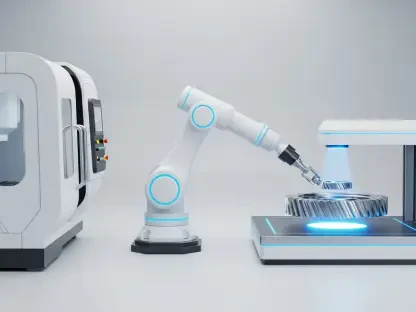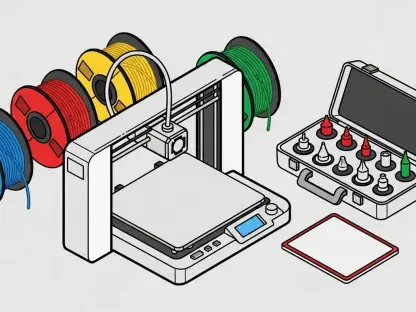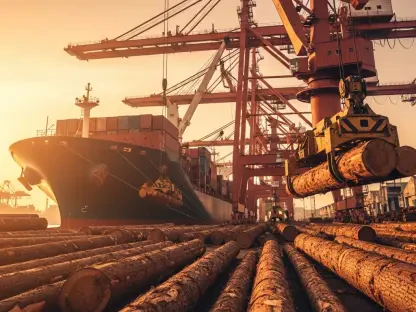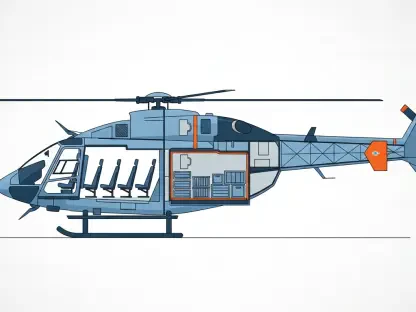Kwame Zaire is a highly regarded expert in the manufacturing industry, particularly within the realms of electronics and equipment. He possesses extensive knowledge in production management and has become a thought leader on issues such as predictive maintenance, quality, and safety. Today, he shares his insights into the intricate challenges and nuances of operating a business in the current economic landscape influenced by tariff policies.
Can you tell us a bit about your background in the manufacturing industry and your journey before venturing into production management?
I’ve been fascinated by manufacturing since I was a child, always intrigued by how things were made and put together. I started my career in electronics and equipment manufacturing, focusing initially on the technical side. Over time, I moved into management roles, where I found a passion for optimizing production processes and ensuring that quality and safety standards were always met. This journey has given me a holistic view of the manufacturing industry, from the shop floor to the executive suite.
What inspired you to focus on production management and predictive maintenance in particular?
The inspiration came from witnessing first-hand how inefficiencies and unexpected equipment failures can disrupt production and impact a company’s bottom line. Production management and predictive maintenance offer solutions to these issues, ensuring smoother operations and minimizing downtime. By embracing these practices, we can improve productivity, maintain high-quality standards, and create safer working environments, which are critical in today’s competitive market.
Given the current economic climate, how have tariff changes impacted the manufacturing sector?
The fluctuations in tariff policies have caused considerable challenges. Tariffs essentially increase the cost of imported materials and components, which then impacts the overall cost structures for businesses. For instance, many manufacturers need to import specific parts, and when tariffs are applied, the cost of production rises significantly. This has forced companies to rethink their supply chains and sometimes even their production strategies.
Can you provide specific examples of how these tariffs have impacted production costs and business strategies?
Absolutely. Take the electronics industry, for example. When tariffs were imposed on components imported from China, companies had to absorb the increased costs or pass them onto consumers. This led to some businesses stockpiling components before tariffs hit or looking for alternative suppliers in countries not affected by the tariffs. Others tried to innovate with local alternatives, though this often involved costly research and development.
What challenges have manufacturing companies faced in forecasting expenses and planning during these uncertain times?
The biggest challenge is the unpredictability. Tariff policies can change rapidly, creating a volatile environment for cost forecasting and long-term planning. Companies struggle with whether to sign long-term contracts, not knowing how tariffs might shift. This uncertainty impedes everything from budgeting for raw materials to projecting financial performance and making investment decisions.
What strategic decisions have you observed companies making to counteract these tariff impacts?
One key strategy has been diversifying supply chains to mitigate reliance on any single country. Some companies have absorbed higher costs to keep prices stable for their customers, betting on customer loyalty to sustain them. Others have invested heavily in automation to reduce labor costs and improve efficiency, hoping to offset higher material costs.
How have these tariffs influenced the larger manufacturing industry in the United States?
The tariffs have pushed many companies to re-evaluate their manufacturing locations, with some considering reshoring operations to the U.S. While this sounds beneficial for domestic manufacturing, it’s not straightforward. The infrastructure, labor costs, and timeline to set up new facilities pose substantial challenges, making it a complex decision for most businesses.
Do you believe consumers are fully aware of how tariffs impact the prices they pay for goods?
Many consumers are still catching up to the reality of tariffs’ impact. While some understand that higher costs are passed down, the extent and mechanics of it can be opaque. As prices rise, more consumers will likely recognize the connection between global trade policies and their cost of living.
What is your forecast for the future of manufacturing production in light of ongoing tariff policies and economic changes?
The future will likely involve a more balanced approach to global supply chains. Companies will continue to diversify and build resilience against policy changes. While some production may return to the U.S., it will be gradual and strategically chosen. Innovation, particularly in automation and efficient production methods, will be essential as firms strive to maintain competitiveness despite higher costs.









